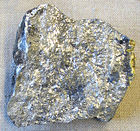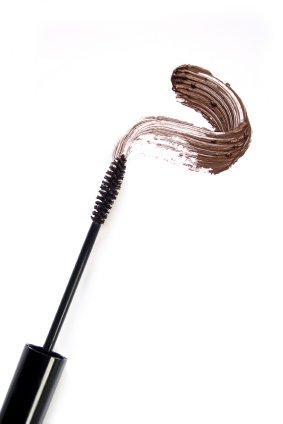The Rock of Antimony
Antimony is silvery-gray in color, and a brittle, semi-metal that is found in other minerals, in compound forms. Antimony is called semi-metal because in pure form, it isn’t shiny and malleable. The name antimony is derived from the Greek words “anti” and “monos”, which means not alone. The reason is it rarely occurs naturally in pure form and was not recognized as a chemical until the 1400’s.
Antimony is present in many everyday products we use, and is present in many other different mineral compounds. It is used to make other metals harder and stronger, such as lead.
Historical Uses
Throughout history, antimony has been used as a black pigment, in ancient times as black eye makeup, and used as black pigment by artists in the Middle Ages. A black antimony-based powder soluble in water known as stibium was the ancient version of mascara during Roman times and was also used to darken brows and lashes or as eyeliner.
Since antimony and many of its compounds are considered toxic, and is similar to arsenic poisoning, small doses of antimony can cause headache, dizziness and depression, which is quite opposite of its healing powers in crystal healing usage.
Healing Stone Properties
Contained in different healing crystals, antimony is said to give protective powers and projective energy. In astrological reference it is related to the planet sun, and the zodiac Aquarius. It vibrates to the number three. It stimulates advancement in all areas of pursuit and gives tenacity to pursue. It also dispels opposition.
Antimony is a stone of Protection and is also called the Philosopher’s Stone. It was used in high priest’s breastplates to guard from negative energy and offer protective powers. Not only does it give one the tenacity to pursue instinctively, as long as it isn’t detrimental to others, but has an outward energy. Circulation is improved when Antimony is worn.
Physical Healing
Medicinally, it has been used to reduce fever and cool the body. It has also been used to reduce swelling and water retention. By holding the mineral in the hand of preference and placing it on the affected part of the body, it has shown healing powers. It has also been used as an anti-toxin and shields against common diseases and illnesses such as colds, and flu.
Throughout the years, antimony has had different uses that are as contradictory as they are healing. Used in ancient Egypt as a natural eye makeup or found to be a toxin like arsenic. This semi-metal is versatile and seldom found by itself, yet offers healing, protection and tenacity.
Where is it Found?
The majority of the antimony today is mined in China, although it is found in other parts of the world. It has many uses and is found in many different minerals, usually when chemically altered by another mineral. It’s most common compound is stibnite, but it has also been found when mining gold, silver and lead.
Conclusion
Antimony is contained in different healing crystal compounds and has healing properties, and was used in mineral makeup worn by the Egyptians. It is still contained in a few mineral based makeups today, but in a very limited quantity.
back to the top of antimony page More on historical mineral makeup.
Beauty is just a click away! Visit me, your Independent Beauty Consultant.
.
Welcome to The Essence of Mineral Makeup website!!! A site for makeup and mineral healing information.
For your convenience, Shop 24 hours a day! Visit me, your Mary Kay Independent Beauty Consultant: www.marykay.com/sandycarosi
Compliments of this website!!!









